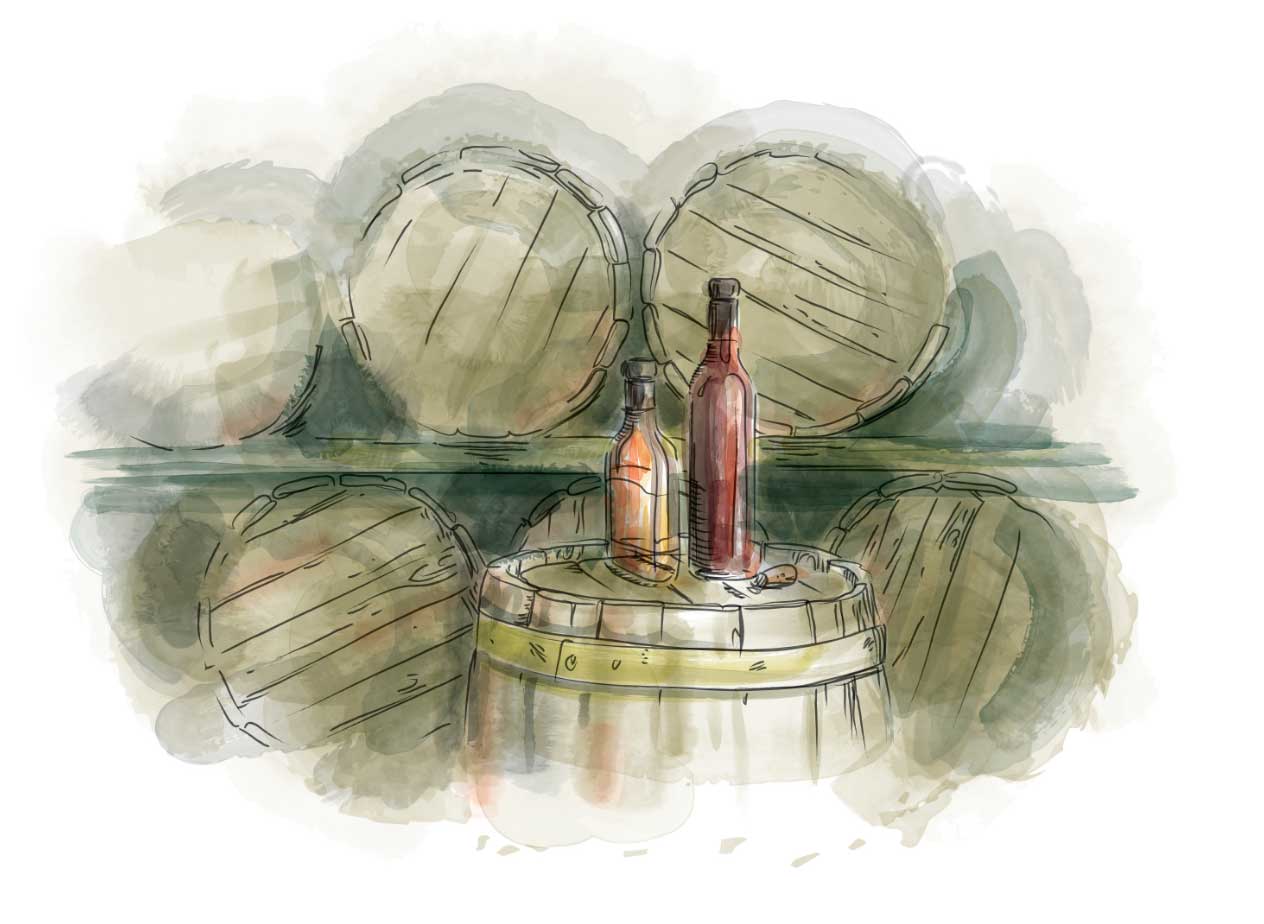Are you 21
or older?
You must be 21 or older to enter. Please Drink Responsibly

You must be 21 or older to enter. Please Drink Responsibly


The success of sugarcane in the Caribbean opened new doors for discovery in the world of spirits. While sugarcane was known to the Old World, it did not grow as well in Europe, Africa or Asia as it did in the natural conditions of the Caribbean. With the new source of sugar, many quickly realized that it was fermentable resulting in what we know today as rum. (Fun fact: The origin of the name is unknown but a few theories claim that it stems from Saccharum, the Latin name for sugarcane, or from an old sailor’s word for a great tempest known as rumbullion.)

Usually bottled at a minimum of 40% alcohol by volume (80 proof), rum may be produced in one of two ways. In fact, more than 90% of all rum is made from molasses – a byproduct of sugar purification – while the remaining 10% is made directly from fermenting sugar cane juice. Since molasses is relatively inexpensive and easy to ship, quality rum can be produced and consumed at a low price all around the world without being limited to areas only known for harvesting sugarcane.
When it comes to aging rum, different countries have different laws governing production. Puerto Rican law, for example, states that you must age rum for at least one year in a barrel before its release. The majority of rums labeled as “silver” or “white” are bottled unaged. The “gold” rum – famous for bringing us tiki and frozen drinks – is also bottled unaged but colored with caramel (another byproduct of sugar). For unaged batches, distillation tends to occur in a column still to produce a more neutral spirit whereas aged batches utilize a pot still to produce a more flavored distillate. In order to get the desired taste, rum can be made in the following ways:
The styles of rum produced around the world can be directly attributed to history and geographical location. Spanish-speaking islands and countries in the Caribbean tend to make very light and easy-to-drink rums that are based on Cuban production methods from the 1860s! These are favorable for mixing up any famous island cocktail! The French style of production treats the product more like a brandy resulting in very complex and sophisticated rums. Most are made with sugar cane juice as opposed to molasses. The British style offers a rich, dark and full-flavored style. Overall, the wide variety of aging and production techniques among different countries allows for a myriad of styles to be enjoyed in this diverse category.

Reach out with any questions you may have to see just how responsive, knowledgeable and downright friendly an Empire Representative can be.